Galaxy Cores Merge In First Ever Discovery
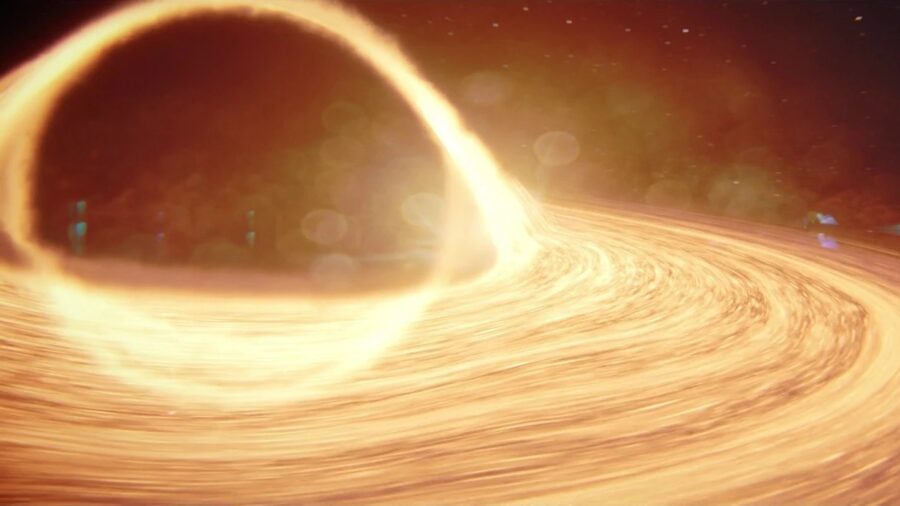
Though mankind has only been sending men into the reaches of space for a few short decades, new discoveries and research seem to crop up every day, as our technology and understanding of the great beyond continues to grow exponentially. Now, a pair of galaxy cores have been spotted merging, in a first-ever discovery that changes the way we view the cosmic dawn. While such a phenomenon has been theorized for many years, this is the first time two superluminous quasars have been confirmed to cross paths.
When Galaxies Collide
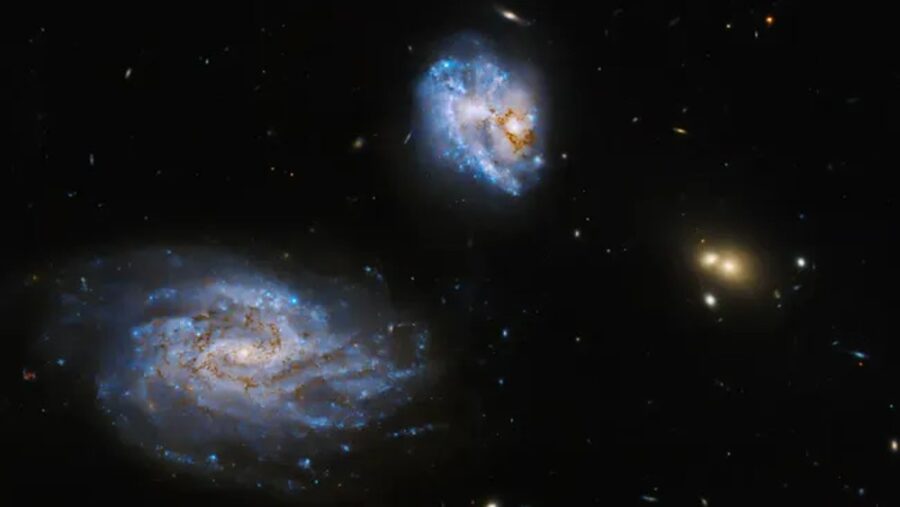
If you’re not deeply embedded within the scientific community, this may all sound quite complicated, but please bear with us as we try to decipher all of the technical mumbo-jumbo. For starters, a galaxy core is a central massive object such as our yellow sun, which hangs in the center of the galaxy, drawing a massive gravitational pull. When two galaxies collide, often due to the pull of something like a black hole, it results in the formation of gaseous pockets which collapse under their own weight while struggling to settle into a proper orbit.
A Violent Relaxation
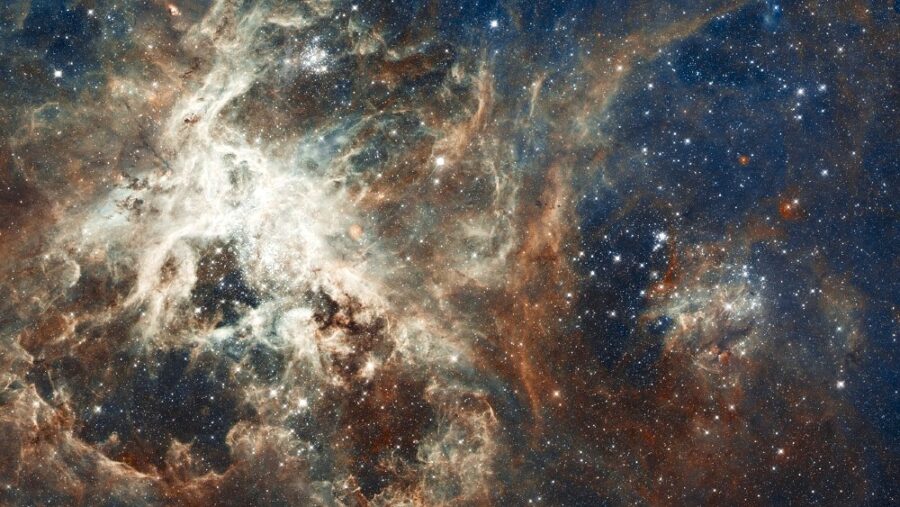
The introduction of a second galaxy core into a given system causes just about everything within that system to lose its original gravitational orbit, resulting in a process scientists refer to as “violent relaxation.” Despite sounding like something that you might see on the next season of The White Lotus, violent relaxation is said to play an important role in the existence of spiral galaxies, such as our Milky Way.
Furthermore, the merging of two or more galaxy cores likely contributes to the creation of brand new stars, offering further insight into how certain elements of our universe came to be.
New Discovery, Old Process
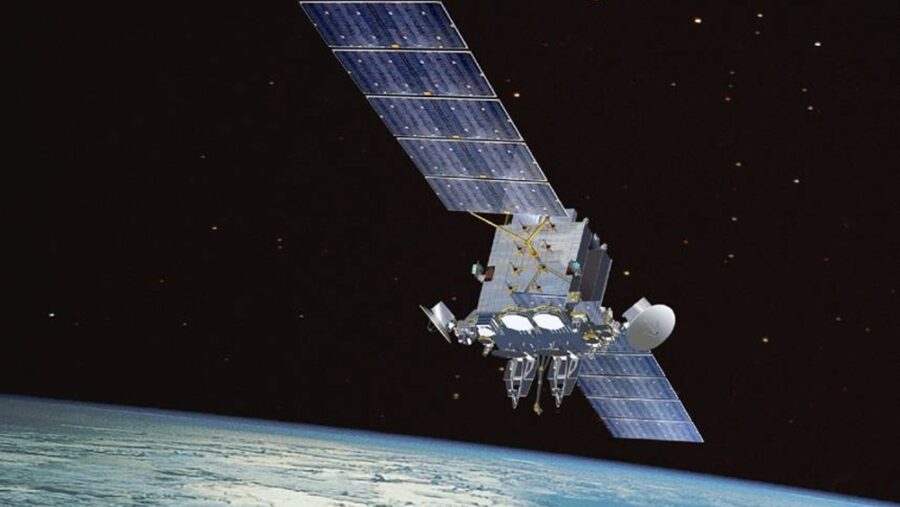
The colliding galaxy cores recently discovered by scientists from Ehime University in Japan appear to have met roughly 900 million years after the Big Bang. While this may sound like an incalculable span of time here on Earth, it’s less significant on a cosmic scale. Still, this constitutes the earliest recorded detection of merging galaxy cores, offering scientists deep insight into the process beyond theoretical calculations.
From Black Holes To Ultra-Bright Quasars
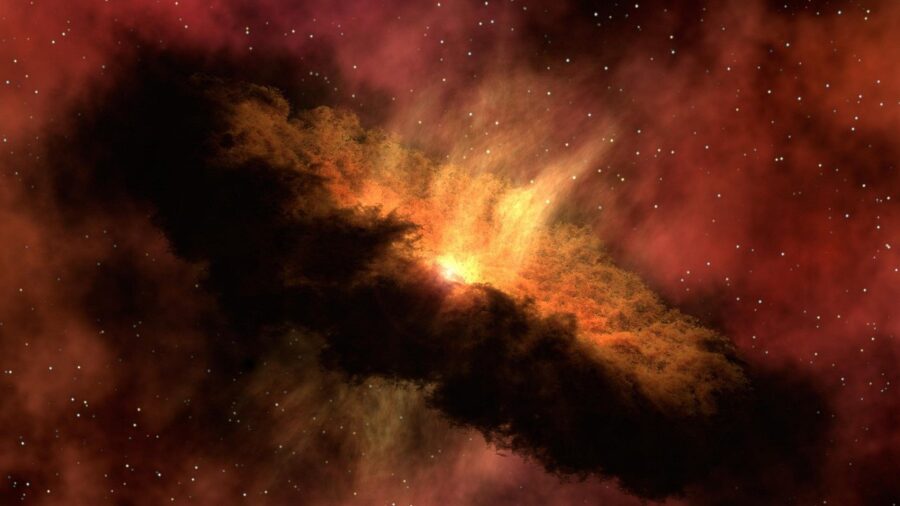
The driving force behind the merge of these galaxy cores seems to be a pair of supermassive black holes, which were likely themselves formed of multiple smaller black holes, taking in increasingly large amounts of mass within the remote stretches of space. As these black holes continued to grow, they produced enough friction to heat themselves into ultra-bright quasars, shining with trillions of lumens more than your average star. With any luck, further study of these structures will help researchers to understand exactly how quasars impact neighboring galaxies.
A Complicated Concept
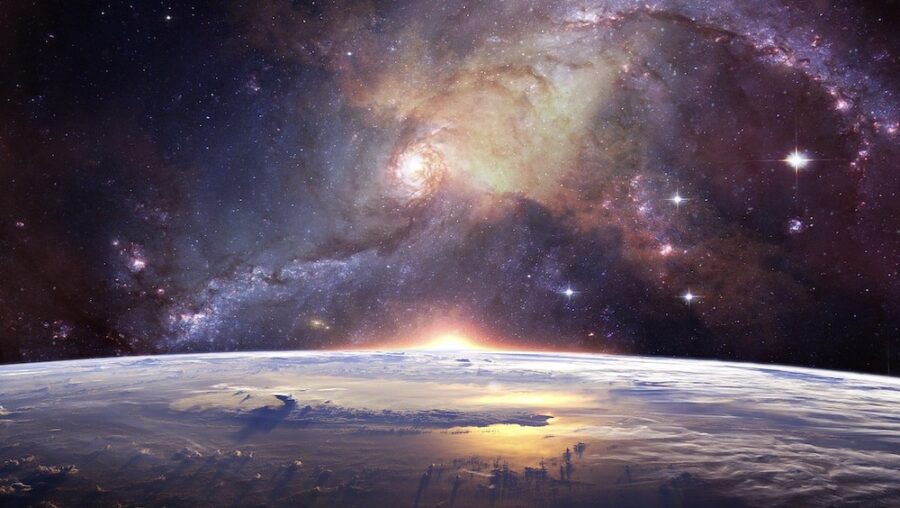
Galaxy core merging is clearly a complicated concept, which requires a solid functional knowledge of deep-space science to fully comprehend. Rest assured, this is huge news for NASA astronomers and other researchers, which could significantly help to further human understanding of the origins of our known universe. As scientists continue digging deeper into the available information, more discoveries are sure to follow in the near future.












